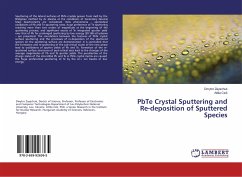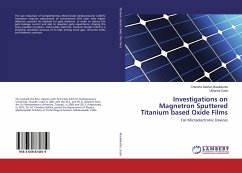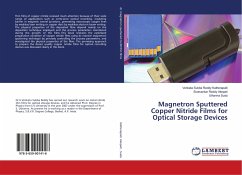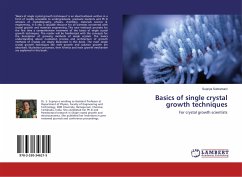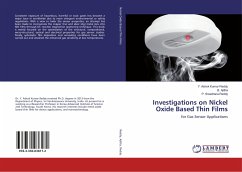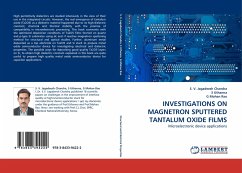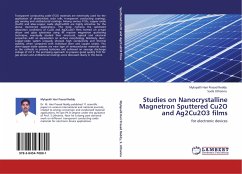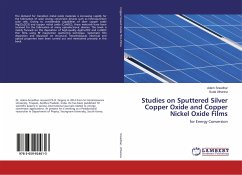Sputtering of the lateral surfaces of PbTe crystals grown from melt by the Bridgman method by Ar plasma at the conditions of Secondary Neutral Mass Spectrometry are considered. New phenomena - aperiodical oscillations of Pb and Te sputtering rates, huge preference of Te sputtering reaching more than two orders of magnitude at the beginning of the sputtering process, and significant excess of Te integrated sputter yield over that of Pb for prolonged sputtering by low energy (50-160 eV) plasma - are presented. The correlations between the features of PbTe crystal surface sputtering and the processes of re-deposition of the sputtered species on the sputtering surface are demonstrated. It is concluded that the formation and re-sputtering of the sub-critical nuclei of the new phase lead to oscillations of sputter yields of Pb and Te. Formation of the re-sputtered surface structures of post-critical sizes lead to the changes of the average magnitudes of Pb and Te sputter yields. The peculiarities of the charge states of the interstitial Pb and Te in PbTe crystal matrix are caused the huge preferential sputtering of Te by the Ar+ ion beams of low energy.
Bitte wählen Sie Ihr Anliegen aus.
Rechnungen
Retourenschein anfordern
Bestellstatus
Storno

